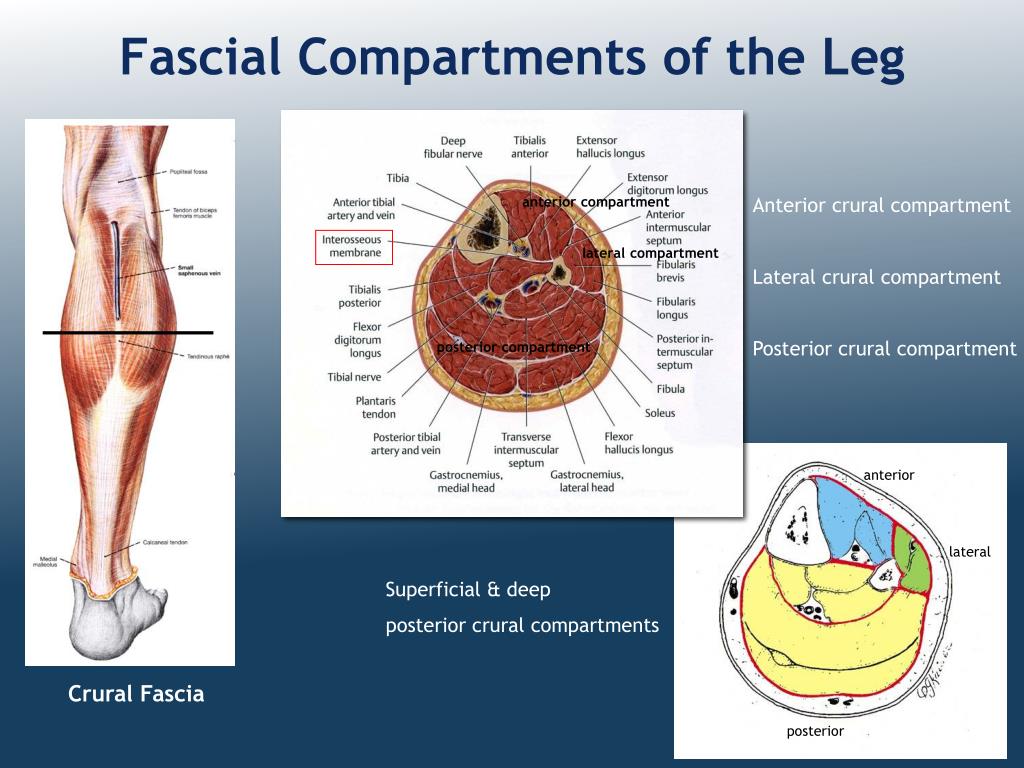

Other abrupt causes of compartment syndrome include burns, snake bites and other envenomation, and anabolic steroid use. When a blood vessel is damaged and subsequently repaired through surgeryĬompartment syndrome may be a complication of bandages or casts that are applied too tightly or due to swelling that occurs after casting.A person is in an auto accident where their legs are trapped and compressed with heavy debris, which is subsequently freed from the debris after a period of time.The weight of an object (or the weight of the body itself) compressing a muscle group can cause rhabdomyolysis (muscle breakdown).Ĭompartment swelling may occur after the blood supply is re-established (reperfusion swelling) to an area that has lost it for a period of time. If a person is incapacitated and immobile for a prolonged period of time, for example, due to alcohol or drug intoxication, swelling or muscle damage may occur because a blood vessel was compressed. Crush injuries may cause both bleeding and swelling of a muscle. Bleeding can also be due to a badly bruised muscle. Often it is due to a fracture of the radius or ulna in the forearm or the tibia and fibula in the lower leg that causes significant bleeding in one or more of the compartments. What are the risk factors for compartment syndrome?Īcute compartment syndrome occurs as a complication of an injury. If infection or necrosis develops, the individual may need the limb amputated to prevent death. Similarly, nerve cells that are damaged may fail to cause numbness and weakness in the structures beyond the injury site. If the condition is not recognized and treated, the whole muscle can die, scar down, and contract. Symptoms such as pain and swelling will result.Īs the muscle cells lose their blood and oxygen supply, they begin to die. When these high compartment pressures are present, blood cannot circulate to the muscles and nerves to supply them with oxygen and nutrients. If the pressure within the compartment increases (usually greater than about 30 -45mmHg or within 30 mm of the diastolic blood pressure) most individuals develop compartment syndrome. In non-contracting muscles, the compartment pressure is normally about 0-15 mmHg of pressure. Because of injury, pressure can increase within the compartment to swelling (fluid accumulation) or bleeding. Muscles are contained in compartments covered by thick fibrous bands of tissue or fascia. Chronic compartment syndrome usually requires no treatment or surgery.Prevention efforts include ice and elevation of the affected extremity.Complications may include muscle loss, amputation, infection, nerve damage, and kidney failure.The muscle compartment is cut open to allow muscle tissue to swell, decrease pressure and restore blood flow. Surgery (fasciotomy) is the only treatment for acute compartment syndrome.Symptoms include severe pain, numbness, and decreased range of motion.This pressure increase causes nerve damage due to decreased blood supply. It is most often due to injury, such as a fracture that causes bleeding in a muscle, which then causes increased pressure in the muscle. Compartment syndrome describes increased pressure within a muscle compartment of the arm or leg.Muscles are contained in compartments covered by thick fibrous bands of tissue or fascia. Because of injury, pressure can increase within the compartment to swelling (fluid accumulation) or bleeding.


 0 kommentar(er)
0 kommentar(er)
